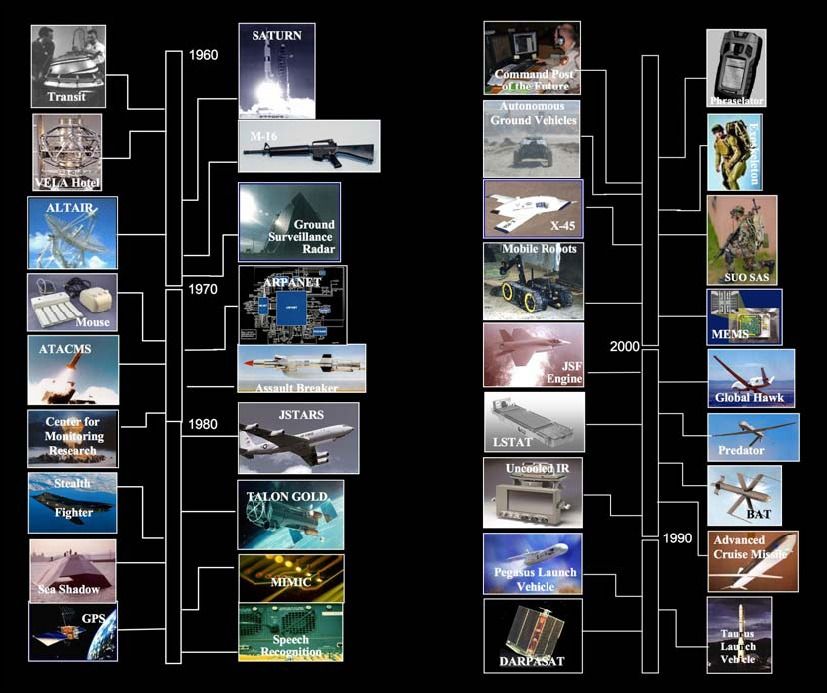Mar 15, 2007
2007 DARPA Military Technology Plan: Future Medical Promise or Danger?
Posted by Steven Palter in categories: biological, biotech/medical, defense, lifeboat, robotics/AI
DARPA (the defense advanced research projects agency) is the R&D arm of he US military for far-reaching future technology. What most people do not realize is how much revolutionary medical technology comes out of this agency’s military R&D programs. For those in need of background, you can read about the Army & DARPA’s future soldier Landwarrior program and its medtech offshoots as well as why DARPA does medical research and development that industry won’t. Fear of these future military technologies runs high with a push towards neural activation as a weapon, direct brain-computer interfaces, and drones. However, the new program has enormous potential for revolutionary medical progess as well.
It has been said technology is neutral, it is the application that is either good or evil. (It is worth a side-track to read a discussion on this concept)
The Areas of Focus for DARPA in 2007 and Forward Are:
- Chip-Scale Atomic Clock
- Global War on TerrorismUnmanned Air Vehicles
- Militarization of Space
- Supercomputer Systems
- Biological Warfare Defense
- Prosthetics
- Quantum Information Science
- Newton’s Laws for Biology
- Low-Cost Titanium
- Alternative Energy
- High Energy Liquid Laser Area Defense System
the potential for the destructive use of these technologies is obvious, for a a complete review of these projects and the beneficial medical applications of each visit docinthemachine.com








